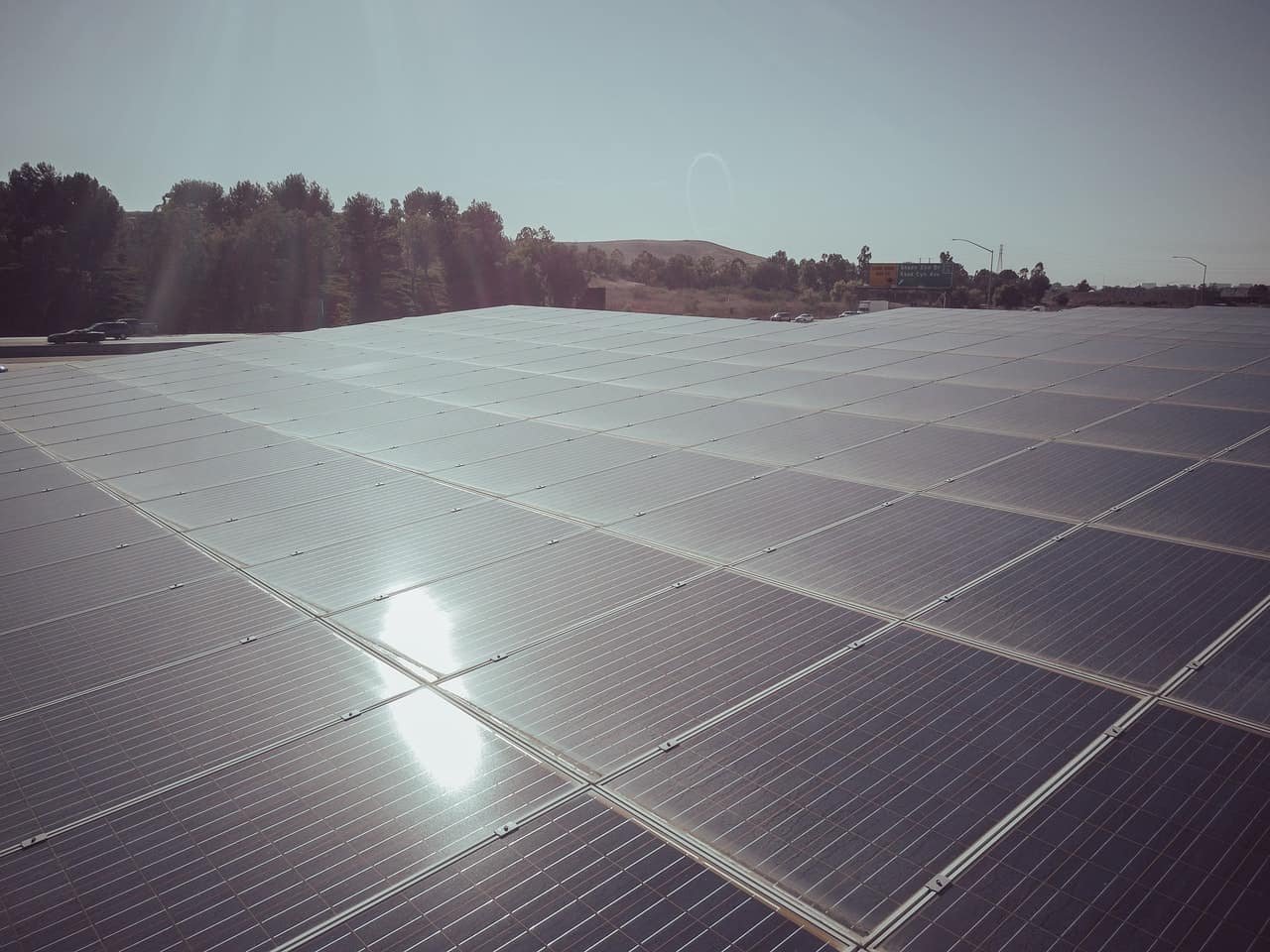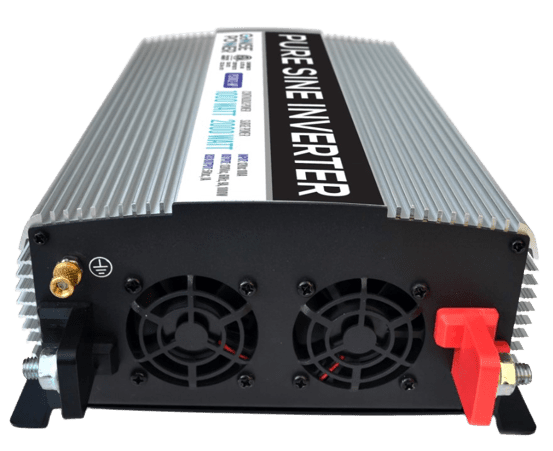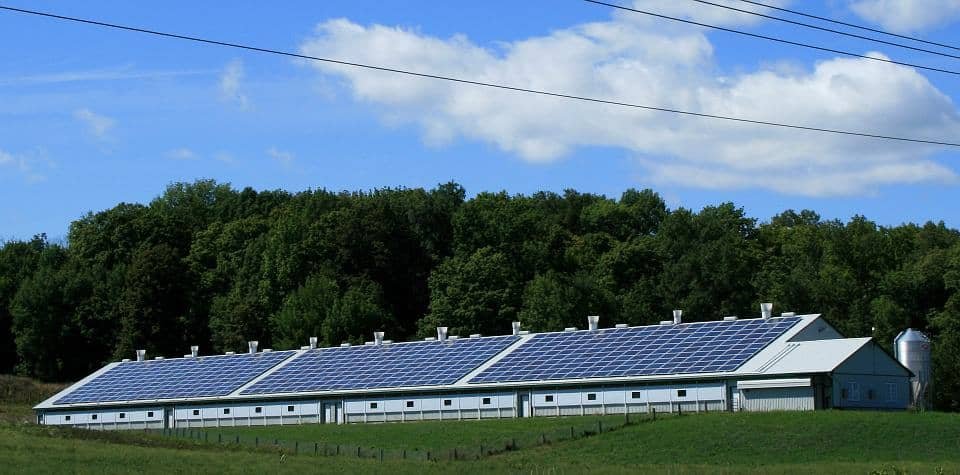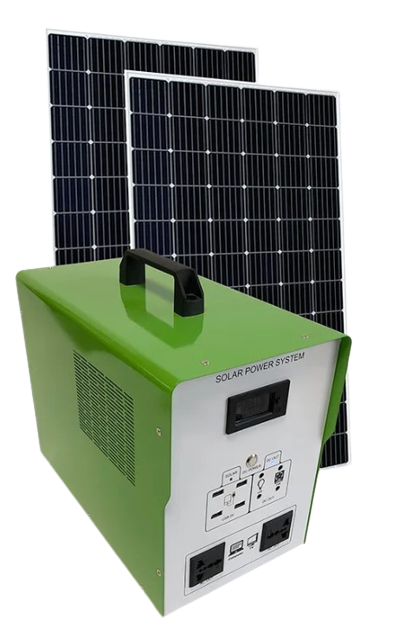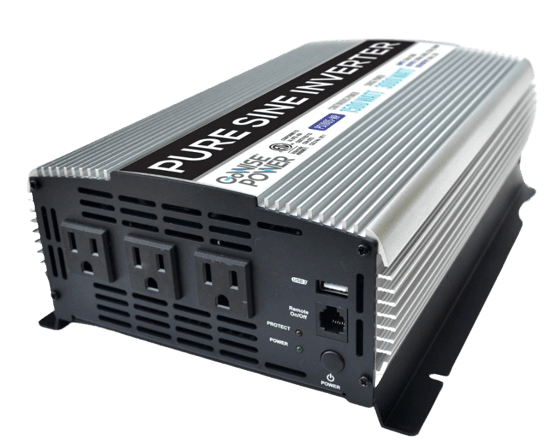Hail can wreak havoc on your solar panels, causing physical damage that can lead to decreased performance or even complete failure. Hail is a type of precipitation that consists of balls or irregular lumps of ice that fall from the sky during thunderstorms.
While hail is generally associated with severe weather conditions, it can occur during any type of thunderstorm. The largest recorded hailstone in U.S. history was 8 inches in diameter and weighed 1.94 pounds.
According to the news, it fell on July 23, 2010, in Vivian, South Dakota. God forbid, but if your solar system meets this heavy size of hailstones, for example, severe damage is expected.
Though most people expect solar panels are made to last for more than 25 years, frequent hailstorms can have some impact and could be a problem for your solar panel and solar system as a whole. Hail can potentially damage your solar panels in a number of ways.
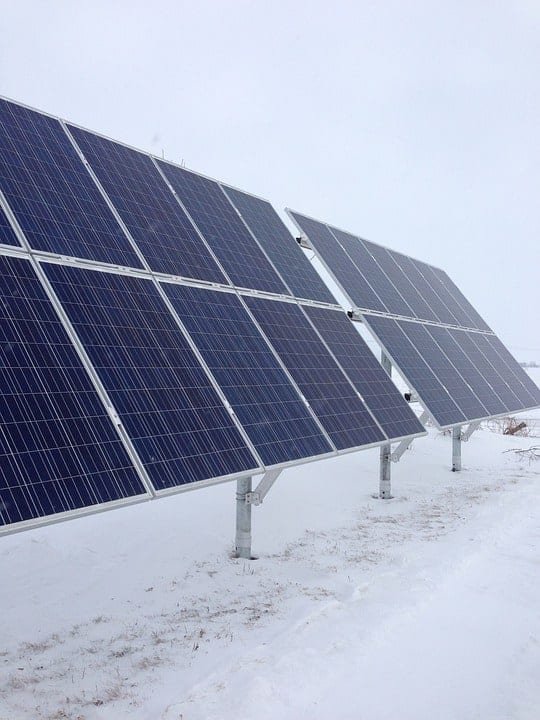
Let’s discuss some of these potential impacts so you can take steps to protect your investment.
Impact of Hail on Solar Panels
A hailstorm can cause significant damage to solar panel systems. The most vulnerable part of the system is the solar panels themselves. The impact could damage the solar cells, which can cause cracks and breakages.
Hail can dent or break the frame of the panel, making it difficult to properly align the panel to catch sunlight. This can decrease the efficiency of the system, and in some cases, render it useless as it could no longer collect photons from the sun.
The damage can vary depending on the size and severity of the hail, but can be extensive enough to completely disable the system. In addition, hail can also damage the installation mounts of the solar panel system, making it more difficult and expensive to repair.
Solar panels are an important part of any home or business that relies on solar power for energy and as a backup source in times of disaster. They are also a very expensive investment, so protecting them from hail is important.
There are a few different ways to do this, and the best method may vary depending on the location and type of solar panel.
Related Articles:
Do Solar Panels Interfere With Wifi
Ways To Protect Your Solar Panels From Hail and Other Things To Consider
Location and historical Weather Events
It is important to consult maps and government climate sources such as NOAA to get good information to determine whether your homes location or region is likely to experience hailstorms with large hail.
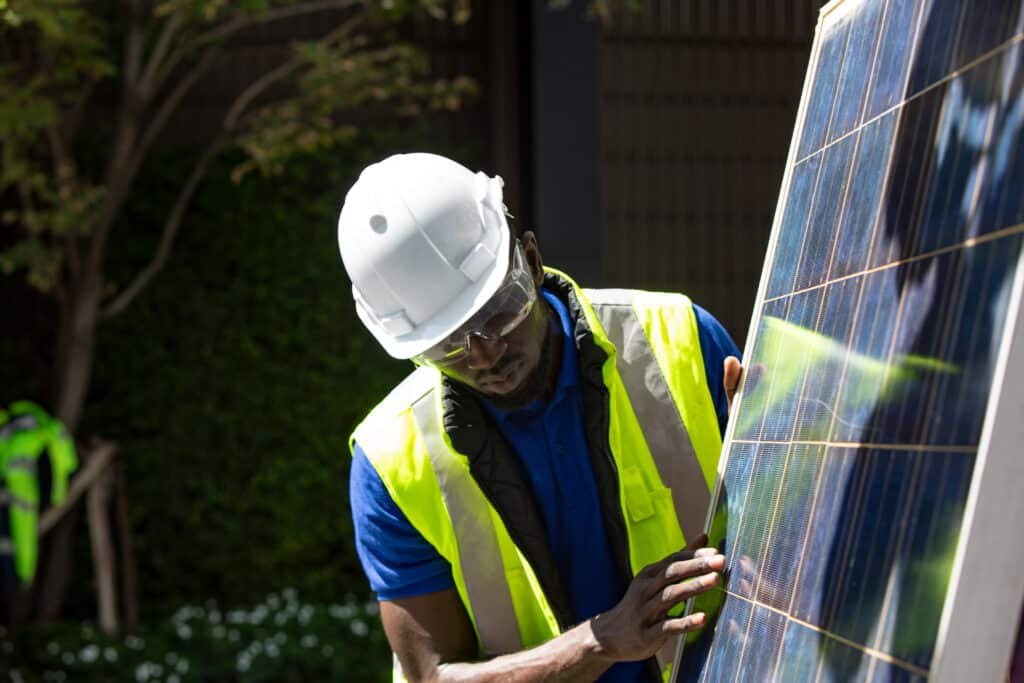
Some areas that are of heightened concern include parts of Texas and Oklahoma, but other regions are also at high risk. If you are still on the planning stage and it is still possible to change the solar energy system location to one with less severe hail risk, it may be worth doing so.
Get Your Selected Module Tested for Severe Hail Conditions
You should ask your manufacturer to test your module using a more stringent IEC test level, or another standard that has specific requirements for passing. These testing protocols can be verified by an independent quality assurance company, such as UL. A few high-end solar panel manufacturers have these testings covered.
The UL 1703 and UL 61703 standards are designed to address the impact of hail storms on solar panels. The standards require that solar panels be able to withstand the impact of 2-inch solid steel spheres dropped from a height of 51 inches, and the impact of 1-inch ice balls fired from a pneumatic cannon.
Crystalline solar panels are built with thicker construction, making them more resistant to hail damage than thin-film solar panels. Crystalline panels can withstand hail hitting.
Consider Using a Single-axis Tracker
A single-axis tracker is a device that uses technology that tracks the movement of the sun across the sky, and is used to protect solar panels from hailstorms. The tracker consists of a frame structure that is mounted on a pole or a wall, and a motor that is used to move the frame.
The frame is equipped with a solar panel, and the motor is used to rotate the frame so that the panel always faces the sun. The tracker is programmed to rotate the frame at the same rate as the sun moves across the sky, so that the panel is always perpendicular to the sun’s rays.
This ensures that the panel receives the maximum amount of sunlight possible, and prevents hail from damaging the panel in way since it can be moved to a more vertical position so that the hail hits it at an angle instead of a direct blow.
However, one issue with single-axis trackers is that they are typically more expensive than the roof or fixed-mount systems, but this thing can get your system a higher power output, meaning more usable electricity, which in turn gives more value for money.
Consider Changing the Module
There are modules available that have thicker glass and meet higher standards, although they may be more expensive. In addition to thicker and/or fully tempered glass, modules that are more resistant to hail may be designed with a stronger frame, case, support bars, thicker encapsulation, and novel cell-to-cell interconnections.
Modules that have been tested by the ASTM E1830-15 for high levels of snow and wind loading are most recommended. This rating applies to both the front and back of the modules. These modules are designed to withstand strong winds, storm and other severe weather condition.
Install a Hail Guard or Cover
Another method of protection is to install a hail guard or cover over the solar panels. This can be a physical barrier that prevents hail from coming into contact with the panels, or it can be a material that has the ability to break up the hail before falling or hitting the panels.
Some solar covers have a solid bottom with holes for the solar panels to come through, while others are mesh on top with no bottom at all. There are a variety of products on the market that can be used for this purpose, so it is important to do some research to find the best option for the particular solar panel and location.
Consider Adding a Layer of Methacrylate
Adding a layer of methacrylate to your panels will help protect and add resistance from hail damage. This tough, clear plastic material is often used in the development of bullet-resistant glass and can withstand impact from hail stones.
When applied to your panels, it will help to create a barrier against hail damage, keeping your panels looking new for longer. There are many ways to add a layer of methacrylate to your panels as protection from hail.
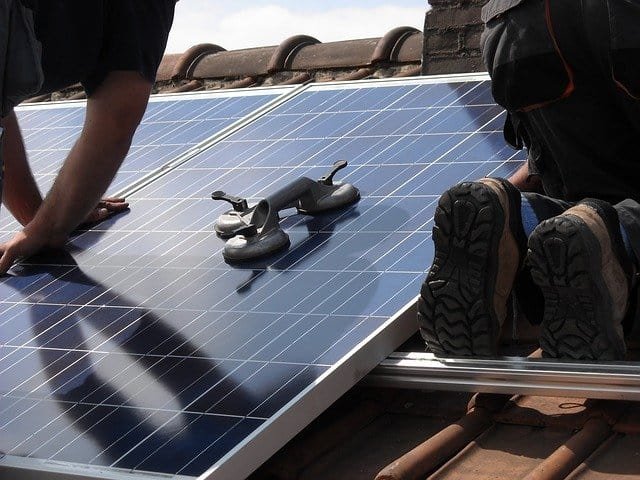
One way is to apply a thin layer of methacrylate to the surface of the panels with a brush or roller. Another way is to spray methacrylate onto the panels.
Use Wire Gauge To Protect Your Solar Panels
A wire guard is a type of fencing that is made from wire mesh. It is typically used to protect property from trespassers or animals, but it can also be used to protect against flying debris. When installed around your solar panels, a wire guard can help to deflect hail away and other threats like falling branches from trees from your panels and prevent damage.
Wire guard is available in a variety of sizes and can be custom-fit to your solar panel array. It is important to choose a wire guard that are made from durable materials that can withstand the impact of hail. Galvanized steel is a good option for hail protection.
Stay Up to Date With the Weather Forecast
It is important to stay up to date with the weather forecast so you could plan ahead on how to protect your solar panel from hail. It’s not like cars that you can just take into the garage, closing all doors and windows. If a hail threat is predicted, take measures to protect your solar panel in place, such as covering it or moving it to a sheltered area if possible.
Moreover, if the weather forecast says something like it’s going to rain a lot in the next few days, you should think about how often your solar panels will get wet, and how much water they’ll be exposed. For this reason, the panels will need more frequent maintenance and inspection.
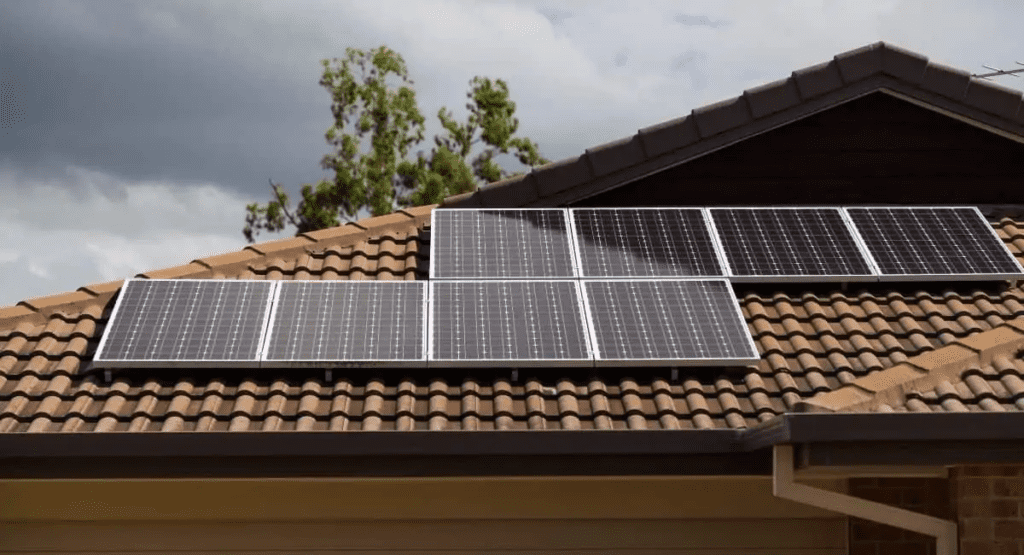
Some solar monitoring apps come with weather forecasts that can give you an idea of what the weather will be like tomorrow. This is definitely a useful tool in tracking your system’s performance as well as monitoring the weather.
Do Not Skip Regular Maintenance
As a solar panel owner, it’s important to keep in mind not to skip regular maintenance in order to keep your panels in good shape. Solar panels are constantly exposed to the elements, so it’s important to inspect them regularly for any damage.
Especially after a hail storm or other severe weather conditions. If you notice any crack or damage, it’s important to get it fixed as soon as possible. Solar panels need to be cleaned regularly as well. Dust, dirt, and other debris can build up on the panels and reduce their efficiency.
In some cases, you may need to hire a professional to clean your panels. It’s also important to keep an eye on the wiring of your solar panels. Over time, the wiring can become loose or damaged.
Damages on the wires can be a fire hazard, it’s important to get it fixed as soon as possible. If you follow these tips, you can help protect your solar panels and keep them running properly for years to come.
Moreover, check your warranty with your solar panel manufacturer and provider. Some offer free service for minimal repairs. It is one of the perks when you choose a good brand. In addition, if your house is insured and your solar panel is attached to your roof, you can also check options for insurance claims.
Conclusion
Solar panels are a great way to save on your energy bill, but they can be expensive to replace if they’re damaged by hail.
That’s why it’s important to get a good quality solar panel and the most fitted installation considering everything, including protection from the unpredictable environment and occurrence of hail storms. It’s better to get it right from the start than cut cost and regret it later.
In addition, you can add your solar panel system to your home insurance policy to make sure you get enough coverage to replace your solar panels if they’re damaged by hail.
We hope that this article helped you in some way on how to protect your solar panels from hail. Remember to always keep an eye on the weather and be prepared for anything.

